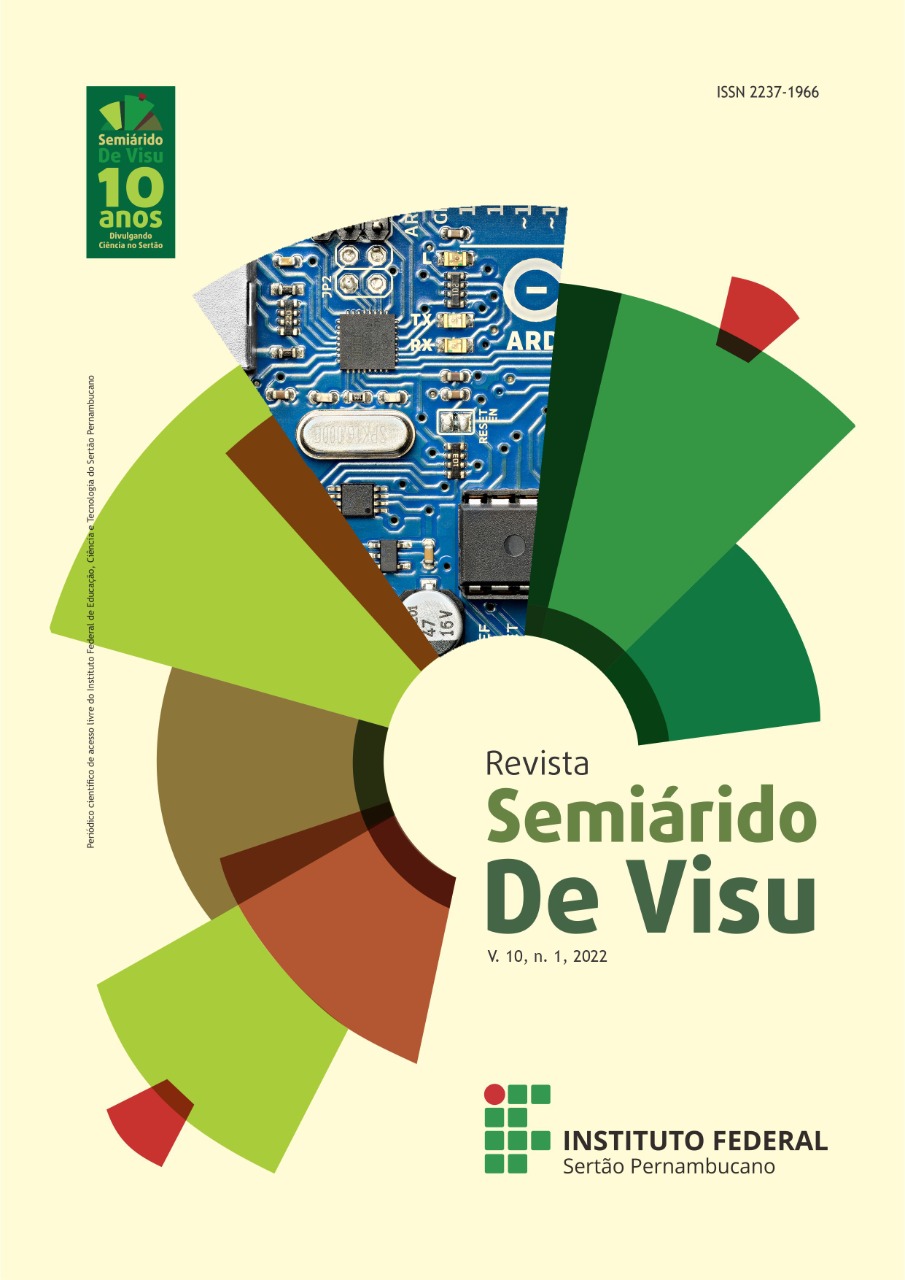Changes in food hygiene habits during the covid-19 pandemic in the region of araripe pernambucano
Visualizações: 759DOI:
https://doi.org/10.31416/rsdv.v10i1.340Keywords:
coronaviruses, foodborne diseases, food safetyAbstract
The world is facing an unprecedented threat from the COVID-19 pandemic caused by the SARS-CoV-2 virus (a disease called COVID-19 by the WHO). Thus, this study aimed to evaluate the profile of the population in the Araripe - Pe region, on knowledge about food hygiene and how the COVID-19 pandemic changed the population's food hygiene habits, aiming to provide subsidies for awareness programs for the population about the risks that these practices pose. Online questionnaires were used to obtain the results. Respondents have basic knowledge about food hygiene and safety and have started to adopt hygienic habits when handling food that would be consumed by them and by residents of the same house.
References
ANS – Agência Nacional de Saúde Suplementar. Coronavírus (COVID-19): confira informações e saiba como se prevenir. Disponível em: <http://www.ans.gov.br/aans/noticias-ans/consumidor/5344-coronavirus-confira-informacoes-e-saiba-como-se-prevenir> Acesso em: 18 ago. 2021.
ANVISA. Agência Nacional de Vigilância Sanitária. O novo coronavírus pode ser transmitido por alimentos? 2020. Disponível em: <http://antigo.anvisa.gov.br/resultado-de-busca?p_p_id=101&p_p_lifecycle=0&p_p_state=maximized&p_p_mode=view&p_p_col_id=column-1&p_p_col_count=1&_101_struts_action=%2Fasset_publisher%2Fview_content&_101_assetEntryId=5818946&_101_type=content&_101_groupId=219201&_101_urlTitle=o-novo-coronavirus-pode-ser-transmitido-por-alimentos-&inheritRedirect=true> Acesso em: 18 nov. 2020.
BRASIL. Ministério da Saúde. Agência Nacional de Vigilância Sanitária. Resolução RDC n°216, de 15 de setembro de 2004. Disponível em: http://bvsms.saude.gov.br/bvs/saudelegis/anvisa/2004/res0216_15_09_2004.html Acesso em: 18 nov. 2020.
BRASIL. Ministério da Saúde. O que é coronavírus. 2020. Disponível em: < https://www.gov.br/saude/pt-br/coronavirus/o-que-e-o-coronavirus> Acesso em: 18 nov. 2020.
BRASIL. Ministério da Saúde. Secretaria de Vigilância em Saúde. Boletim Epidemiológico, nº 32, Agosto de 2020. Disponível em: https://antigo.saude.gov.br/images/pdf/2020/August/17/Boletim-epidemiologico-SVS-32.pdf. Acesso em: 08 nov. 2021.
BRASIL. MINISTÉRIO DA SAÚDE. Unidade Técnica de Doenças de Veiculação Hídrica e Alimentar - UHA; Coordenação Geral de Doenças Transmissíveis – CGDT; Secretaria De Vigilância Em Saúde (SVS). Dados Epidemiológicos - DTA período de 2000 a 2011. Brasília, DF: MS, 2011. (Apresentação, Situação Epidemilógica). Disponível em: <http://portal.saude.gov.br/portal/saude /profissional/area.cfm?id_area=1550>. Acesso em: 18 nov. 2020.
DOREMALEN, N. V.; BUSHMAKER, T.; MORRIS, D. H.; HOLBROOK, M. G.; GAMBLE, A.; WILLIAMSON, B. N.; TAMIN, A.; HARCOURT, J. L.; THORNBURG, N. J.; GERBER, S. I.; LLOYD-SMITH, J. O.; WIT, E.; MUNSTER, V. J. Aerosol and surface stability of HcoV 19 (SARS-CoV-2) compared to SARS-CoV-1. The New England Journal of Medicine, n.16, v. 382, p. 1564-1567, 2020.
FARIAS, H. S. D. O avanço da Covid-19 e o isolamento social como estratégia para redução da vulnerabilidade. Espaço e Economia, v. 17, p. 01-13, 2020.
GALARZ, L. A.; FONSECA, G. G.; PRENTICE-HERNÁNDEZ, C. Crescimento microbiano em produtos à base de peito de frango durante a simulação da cadeia de abastecimento. Ciência e Tecnologia de alimentos. v. 30, n. 4, p. 870-877, 2010.
GUENTHER, M. Como será o amanhã? O mundo pós-pandemia. Revista Brasileira De Educação Ambiental, n.15, v. 4, p. 31–44, 2020.
KAMPF, G.; TODT D.; PFAENDER, S.; STEINMANN, E. Persistence of Coronaviruses on Inanimate Surfaces and Their Inactivation with Biocidal Agents. Journal of Hospital Infection, v. 104, n. 3, p. 246-252, 2020.
WHO – World Health Organization. Coronavirus disease (COVID-19) advice for the public. Disponível em: <https://www.who.int/emergencies/diseases/novel-coronavirus-2019/advice-for-public >. Acesso em: 18 ago. 2021.















